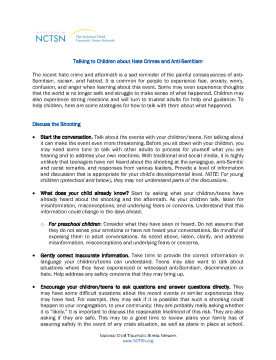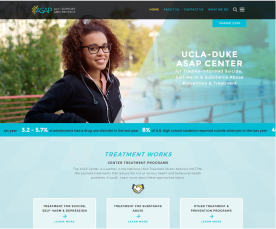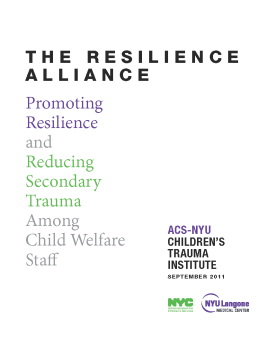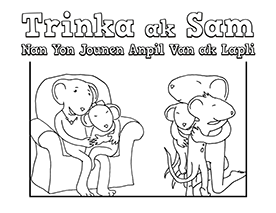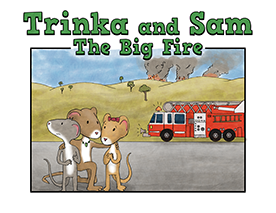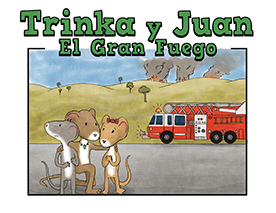
A Guide to Forming Advisory Boards for Family-Serving Organizations
Walks professionals through the process of forming a board and highlights the common decisions groups have to make while outlining the options at each juncture. This guide helps to demystify the process and allows professionals to think about the bigger strategic decisions that will form the bedr
